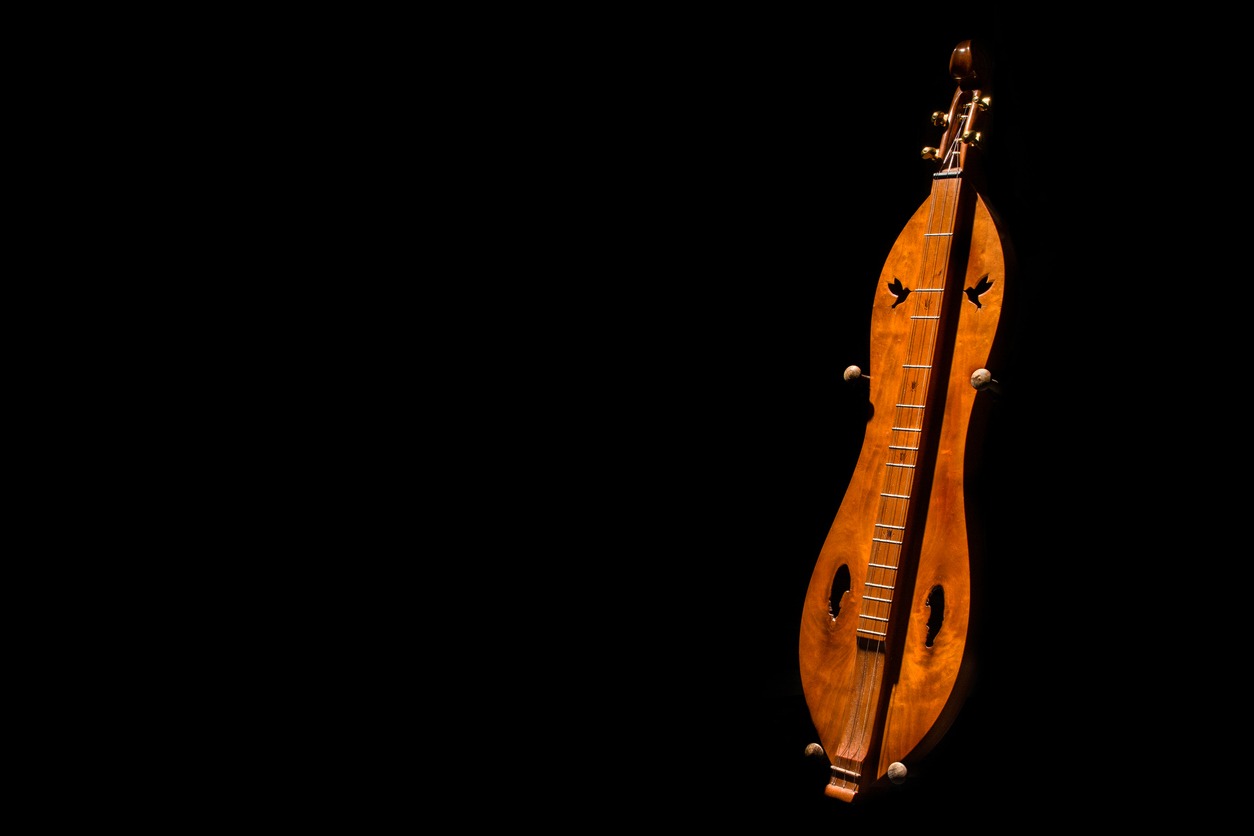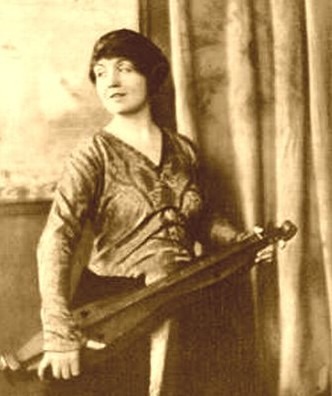The Appalachian dulcimer, also known as dulcimer, fretted dulcimer, or lap dulcimer, is an instrument with three or four strings. Also, it is categorized as a part of the zither family. The dulcimer is most commonly used in the Appalachian region in the United States. Although this fretted stringed instrument had its first appearance in the Scotch-Irish community in the Appalachian, the dulcimer does not have an early appearance in Scotland nor Ireland. With this, the history of this instrument relays on speculations and theories.
However, in 1980, researchers have traced the development of the dulcimer on several periods. Most likely, the dulcimer is somewhat similar to European instruments, including the Swedish hummel, the German scheitholt, the Norwegian langeleik, and the French Eppinette des Vosges, which are all part of the zither family. According to a folk historian named Lucy Long, there were only a few historical records regarding the dulcimer, until Ralph and Alan Smith reconstructed the instrument’s history through analyzing older dulcimers. Meanwhile, according to an Appalachian luthier named Charles Maxson speculated that early settlers were unable to create a more complex violin during that time. Consequently, the people resorted to making the dulcimerinstead. Maxson also cited that the Eppinette des Vosges, langeleik, and scheitholt, is the dulcimer’s ancestors.
Earlier in 1880, it is said that the specimens of the dulcimer already existed. In fact, it was used as a parlor instrument. In addition to that, the dulcimer’s modest sound is suitable for small home gatherings. However, by the 20th century, although there were several makers of dulcimer, this instrument becomes rare. Also, there were also no audio recordings of the instrument since the 1930s. Fortunately, the instrument was rediscovered in the 1950s urban folk music revival in the U.S. Some of the artists who had taken part in presenting the dulcimer to the broader audiences were Richard Farina, an American folk singer, Jean Ritchie, a folk singer, and her partner George Pickow, a photographer.
The Appalachian instrument is a folk instrument made out of wood. Usually, a tonewood is used for the instrument’s aesthetic design, like cedar or spruce. At the same time, the sides, back, and neck were made out of hardwood, such as ebony, rosewood, maple, or mahogany. Moreover, American hardwood like cherry, apple, walnut, and oak, are also used in making the dulcimer. As well as that this instrument also comes in several sizes and shapes. Nevertheless, certain types of dulcimers are more popular than the other.
The dulcimer has a long narrow soundbox. Its neck is centered in the soundbox, running the length of the dulcimer. The typical dulcimer measures about 70 to 100 centimeters (27 ½ to 39 ½ inches) long. Its width measures up to 16 to 19 cm (6 ½ to 7 ½ inches), while its depth is about 5 to 6 centimeters (2 to 2.5 inches). The top of the dulcimer’s fingerboard measures 1.25 centimeters above the top of its soundbox. This soundbox typically has two or four soundholes. These holes were located in the upper and lower bout of the dulcimer. Also, these holes have different shapes that vary from the heart-shaped or the traditional f-hole of the violin. However, dulcimer makers prefer to personalize their instruments with unique soundhole shapes. Overall, the shape of the dulcimer has several forms, but the most common is the hour-glass shape, teardrop shape, ellipse shape, or the rectangular shape.
Moreover, at the end of the dulcimer’s neck is the tailblock that contains pins to secure the end of the strings. These strings were stretched over a bridge up to the tuners and end pins. The bridge where the strings are stretched lies the fingerboard which contains the diatonically-spaced fret. Also, this uniquely made Appalachian dulcimers were crafted by small family businesses located in the Southern United States, particularly in Appalachia. Custom-built dulcimers were also less costly than those other stringed instruments, including the violin, guitar, and banjo.
Meanwhile, cheap imports from Pakistan, Romania, and China are slowly making dulcimer imports into the American market. Aside from that, a guide book was also published with regard to the construction of the dulcimer. This book is written by John Bailey entitled Making an Appalachian Dulcimer.


